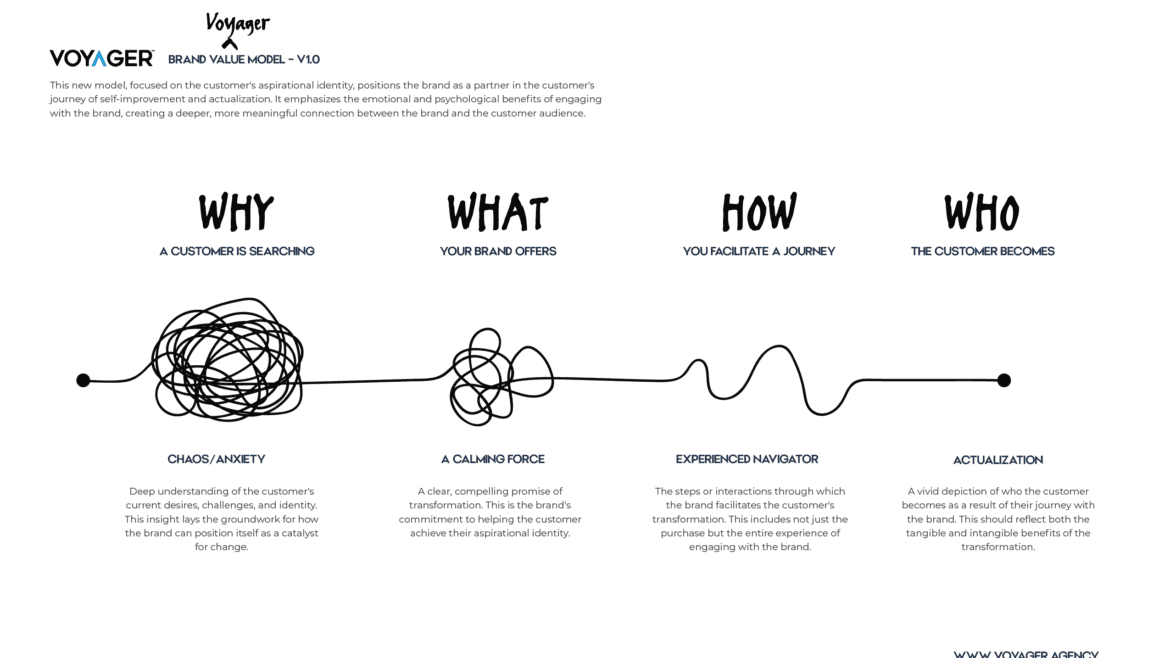Insights on Overcoming Barriers to Customer Engagement through Marketing, Advertising, and Branding
https://www.kraabel.net/wp-content/uploads/2024/05/kraabel_a_customer_sitting_at_home_at_their_desk_on_a_laptop__46a9d4d3-bfd5-4119-a585-46c9b3936089_3-1024x574.png 1024 574 Michael Kraabel Michael Kraabel https://www.kraabel.net/wp-content/uploads/2024/05/kraabel_a_customer_sitting_at_home_at_their_desk_on_a_laptop__46a9d4d3-bfd5-4119-a585-46c9b3936089_3-1024x574.pngWith 20 years of experience in the marketing world, I’ve seen firsthand how challenging it can be to engage customers in a meaningful way. Engagement signifies that a company has not only captured attention but also fostered a deeper connection with its audience. Yet, the road to engagement is fraught with barriers—skepticism, competition, and an…
read more












